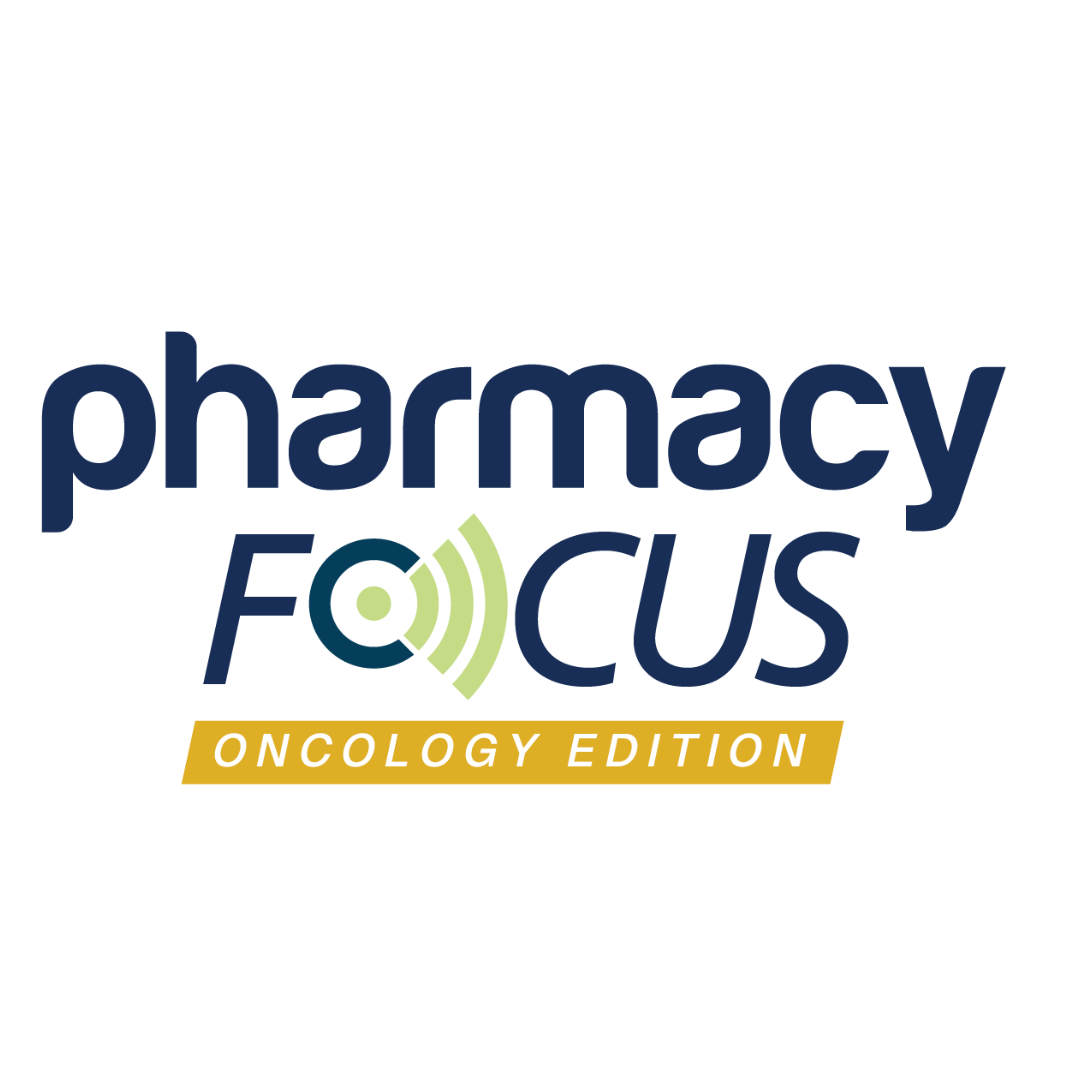News
Article
NCCN 2025: Advancing Breast Cancer Risk Assessment and Prevention Strategies
Author(s):
Key Takeaways
- Advancements in BC risk assessment are essential due to rising incidence, especially in younger women, with genetic and modifiable factors playing key roles.
- Multiple BC risk models exist, each with unique assessment domains and limitations, requiring combined use for effective patient guidance.
Evolving breast cancer risk models and prevention methods are necessary to improve patient outcomes, according to Sagar Sardesai, MD.
Treatment providers, pharmacists, and all members of a patient’s care team must stay aware of new risk models, clinical implications, and future directions of BC prevention, assessment, and detection, according to Sagar Sardesai, MD, MPH, associate professor at the Ohio State University Comprehensive Cancer, at a presentation during the National Comprehensive Cancer Network (NCCN) 2025 Annual Conference in Orlando, Florida. Throughout the presentation, Sardesai emphasizes advancements in breast cancer (BC) risk assessment and provides an overview of tools and models that could be more universally implemented to improve personalized prevention methods.
Image Credit: © Jiri Hera - stock.adobe.com

Continuing to evolve the mechanism by which BC risk is assessed remains paramount for improving women’s health. The incidence of BC has been steadily rising, at a rate of just above 1% per year, with a higher rate in younger women, according to Sardesai. There are multi-pronged risk factors for developing cancer, with female sex, age, family history, and prolonged estrogen exposure all playing a role in development. Ultimately, there is a lifetime 1 in 8 risk for women to develop the disease, Sardesai said.
Genetic counseling and interpreting a genetic test result for specific mutations that may increase the risk of BC, such as BRCA 1/2 or TP53, is an essential component of risk assessment; however, identifiable risk factors such as mutations represent just 1 portion of risk assessment, with modifiable risk—such as obesity and physical activity—another major component of prevention, Sardesai explained. Critically, Sardesai showcased data indicating obesity—especially in years leading up to menopause—is associated with a heightened risk of postmenopausal BC, with physical activity being a dose-dependent, consistent protective strategy to decrease risk.
Clinicians have myriad BC risk assessment models at their disposal for their use when screening patients, “and there’s no 1 perfect model,” Sardesai said, with health care providers ultimately using multiple methods at the same time to assess patients. Different models have varying domains of assessment. For example, the GAIL Model predicts lifetime risk of developing BC using personal history, age, and other characteristics, while specialty clinics that treat high-risk patients may use the Tyrer-Cuzick (IBIS) model, which considers nongenetic factors, or the BOADICEA (CanRisk) model, which is used by Sardesai in his clinic and incorporates lifestyle, hormonal, and genetic factors. Each of these models and others comes with their respective limitations.
“None of these models are ideal but give us a sense of the lifetime breast cancer risk, as well as the near-term breast cancer risk,” Sardesai noted. Ultimately, they can work together to help clinicians guide discussions with patients regarding enhanced screening or risk-reducing methods.
Beyond models, a consensus is necessary on new methods that can be implemented to prevent BC in patients with high risk. Standard methods include increased screening through breast exams or mammograms; risk-reducing endocrine therapy; risk-reducing mastectomy; targeting modifiable risk factors, such as obesity or overweight; and using selective estrogen receptor modulators (SERMs), such as tamoxifen or raloxifene.
Data surrounding the use of SERMs is especially positive, according to Sardesai. One trial, conducted by Cuzick et al and cited by Sardesai, found that tamoxifen could reduce the incidence of invasive estrogen receptor positive (ER+) BC over a 10-year follow-up period compared with placebo. The study found that the use of tamoxifen for 5 years reduces the risk of developing BC by about 50%, while the 10-year risk of developing ER+ tumors could be reduced by 27% to 39%. Another trial, conducted by Vogel et al, found that raloxifene did not maintain the noninferiority threshold but demonstrated relatively similar rates of benefit compared with tamoxifen in postmenopausal women at high risk of BC. Raloxifene, unlike tamoxifen, does not increase the risk of uterine cancers, making it a safe option for postmenopausal women.
The uptake of risk-reducing endocrine therapy remains low despite the positive efficacy data regarding BC risk reduction, likely due to a lack of mortality benefit or difficulty with adherence given the duration of treatment and frequency of AEs, Sardesai explained. To move forward and increase uptake of BC-preventing therapies, Sardesai called for new priorities in clinical cancer prevention research. These include investigating effective nontoxic agents, as seen in the TAM-01 trial of low-dose tamoxifen; determining measurable biomarkers that can be monitored for response; and precisely identifying specific patient cohorts to target.






